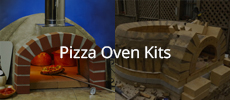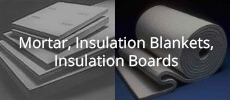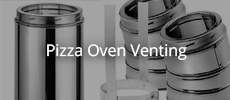Originally posted by david s
View Post
No argument here, brick and stone will absolutely absorb moisture from atmospheric surroundings. If we had tropical conditions here, I would have a removable outer door with a weather seal on it. As far as the chimney, I have idea on how to weather seal that too...it would have to be a double insulated boot.
I think the easiest problem to solve is your cold joint between the outer shell and structural slab. A flexible flashing membrane can be installed over the insulation, lapped at least 3" on the seams and minimum 3" up the side of the oven. Also, the membrane should be inserted into the structural slab by cutting a 1" deep slot around the perimeter, and caulked after tucking in the membrane. When the stucco is applied, it would hide the flashing.






Leave a comment: